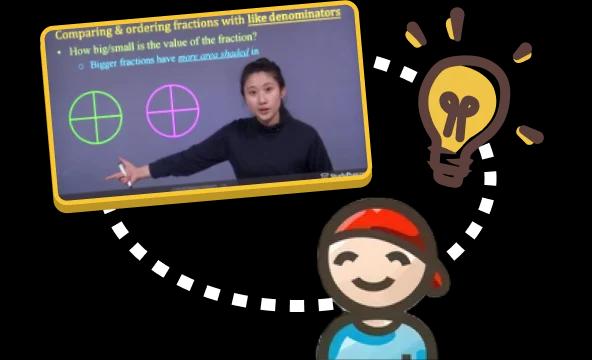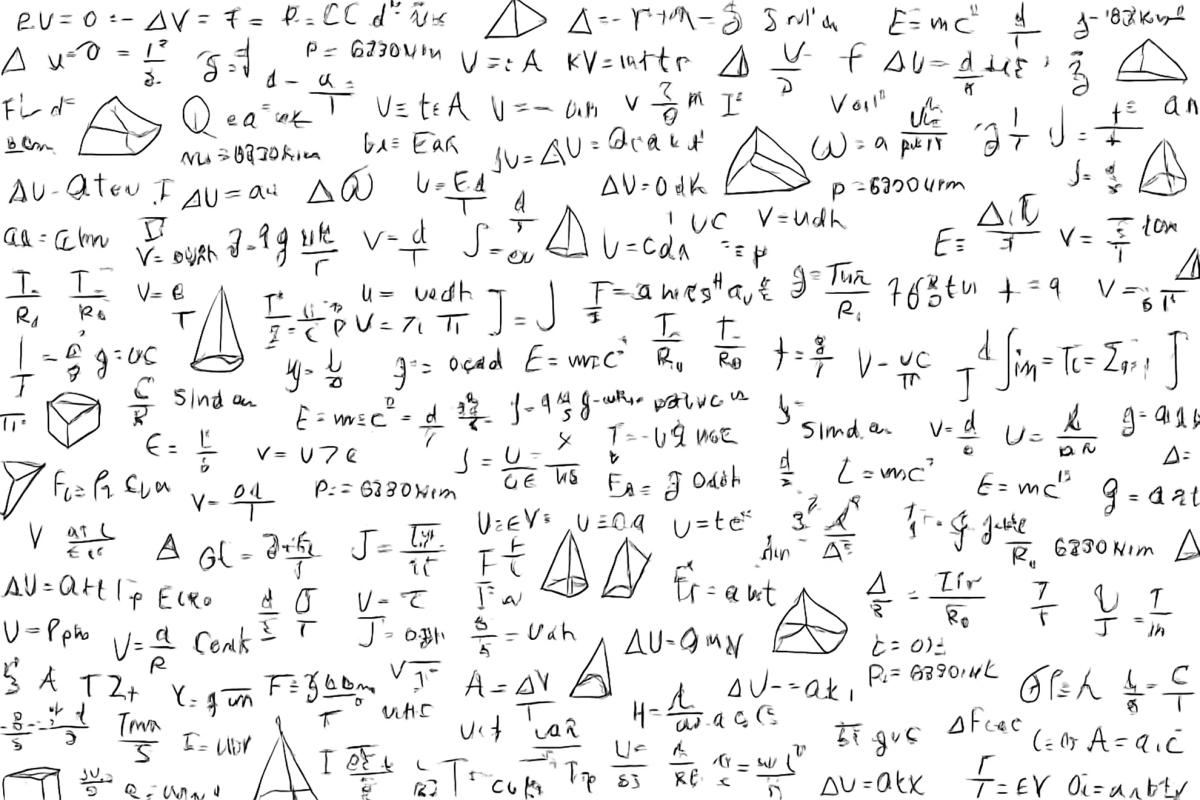Year 9 Maths Help for NCEA Success
Build algebra foundations and geometry skills for NCEA success
Try Our Year 9 Maths Practice Test


Find the Right Lesson
Upload algebra problems and connect to lessons that teach the concepts

Personalised Learning
Assessment identifies weak areas, creates custom path for NCEA prep

Matches School Work
Content aligns with National Curriculum and supports classroom learning
Year 9 Maths Topics
Help
1. Number Theory
2. Adding and Subtracting Integers
3. Multiplying and Dividing Integers
4. Rational Numbers
5. Powers and Exponents
6. Ratios, Rates, and Proportions
7. Proportional Relationships
8. Percents
9. Radicals
11. Coordinates, Quadrants, and Transformations
12. Angles, Lines, and Transversals
13. Symmetry and Surface Area
14. Properties of triangles
15. Circles
16. Scale Factors and Similarity
17. Pythagorean Theorem
18. Introduction to 3-Dimensional Figures
19. Volume
20. Linear Equations (Basic)
21. Solving Linear Equations
22. Linear Inequalities
23. Introduction to Relations and Functions
24. Linear Functions
25. Multiplication and Division of Polynomials
26. Data and Graphs


